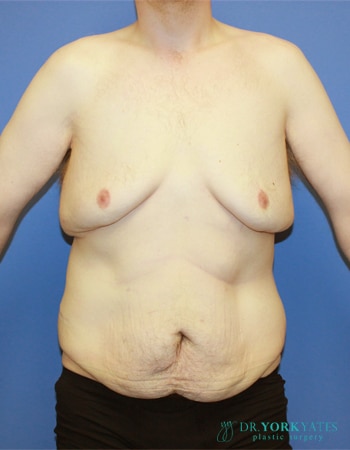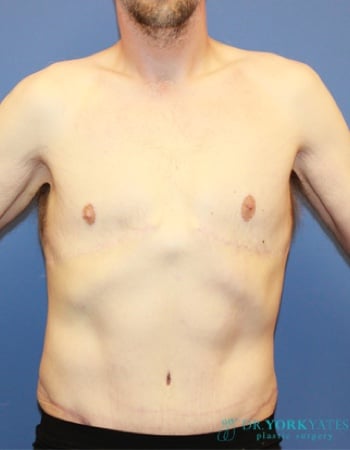Congratulations on your weight loss! Now it’s time to get rid of the excess skin. Scars are the necessary trade-off for all body contouring procedures after weight loss. These are generally well-tolerated and a very acceptable trade-off for most weight loss patients.
Before & After
Procedure:
Massive weight loss Before & After
36 y/o male who lost 120 lbs after a gastric sleeve procedure. Before and one year after complex male chest reduction with liposuction + gland and skin excision + free nipple grafting. As well as full tummy tuck with liposuction. These procedures were separated for safety by a couple of weeks. View More.
GLP-1 related skin excess
GLP-1, or glucagon-like peptide-1 receptor agonists, are medications designed to mimic the naturally occurring GLP-1 hormone in the body. This hormone plays a crucial role in regulating appetite and glucose metabolism. Initially developed for the treatment of type 2 diabetes, these medications have gained remarkable popularity due to their significant weight loss effects. Over the last couple of years, the use of GLP-1 medications for weight loss has surged. Common medications in this class of drugs include Ozempic, Tirzepatide, Sumaglutide, and others.
Currently, Dr. Yates reports that approximately one in three of his patients express concerns about excess skin following weight loss associated with GLP-1 use. As is common with extreme weight loss from various methods, many patients who experience substantial weight loss after using GLP-1 medications find themselves dealing with excess skin in several areas. While the affected areas can vary from person to person, common locations include the breasts (often referred to as "Ozempic breasts"), abdomen, arms, thighs, and face.
Surgical correction for skin excess resulting from GLP-1 use is similar to that for other types of weight loss and often involves multiple procedures to remove unwanted skin from these areas. Common surgical options after GLP-1 weight loss include breast lifts, breast implants, tummy tucks, thigh lifts, and arm lifts. Sometimes, these procedures can be combined.
Patients on GLP-1 medications may experience slow gastric and bowel motility, as well as protein malnutrition, which can increase risks related to anesthesia and wound healing. For this reason, it is advisable to discontinue these medications for one to two weeks (Dr. Yates recommends two weeks) prior to surgery and to start protein and vitamin supplementation in preparation for the procedure.
Tummy Tuck After Weight Loss
After massive weight loss, there are significant challenges including loose skin, stretch marks, and possibly surgical scars that can be addressed with a tummy tuck (abdominoplasty). This is usually a little different than the standard tummy tuck operation. The skin on the upper hips extending around to the back is often excessive as well, requiring a total body lift. Dr. Yates prefers to separate this into two procedures. Separating is often safer, and the abdomen can be tightened much more significantly if done alone. The scar is often longer than a typical tummy tuck, and sometimes a vertical midline scar is helpful to tighten the skin horizontally.
Arm Lift (Brachioplasty) After Weight Loss
Loose skin on the upper arms can be removed with a Brachioplasty, requiring a scar on the inner arm. The quality of this scar is occasionally poor because of arm motion, but well hidden.
Breast Lift After Weight Loss
Breasts lose their volume after weight loss. A mastopexy or breast lift is used to reshape the breasts. Excess skin is removed, the nipple and breast tissue are lifted and reshaped. Many patients desire breast implants to restore lost breast volume as well.
Thigh Lift After Weight Loss
The outer thighs and inner thighs are often loose and droopy after weight loss. The inner thighs tighten with an inner thigh lift with a scar in the groin crease adjacent to the pubic region. The buttock, outer thighs, and posterior thighs improve with a posterior thigh lift. The scar is in the bikini line from hip to hip above the buttocks. Many plastic surgeons combine this with a tummy tuck (total body lift). Dr. Yates prefers to stage these into separate operations for safety and to optimize the outcome of both.
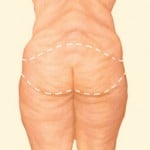
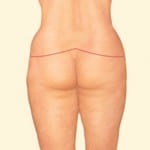
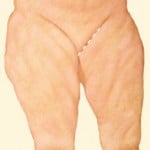
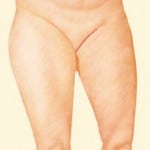
Facelift After Weight Loss
The skin of the face often deflates and becomes droopy after weight loss. Many patients actually look older after weight loss. A facelift removes this excess skin and restores facial soft tissue volume. Sometimes this is combined with fat grafting to add youthful volume to the face.
Combined vs. Staged Procedures
The main advantage of combining the procedures is getting things done quickly. The advantages of staging the procedures are for safety and improved results. Whether to combine or stage procedures is always a balance of effectiveness, costs, and safety.
What is the cost of Reconstruction After Weight Loss surgery?
Reconstruction after weight loss often requires multiple surgical sites and staged procedures. As a result, this is one of the most costly types of cosmetic plastic surgery. We are transparent with our procedure costs.
Office-Based Surgery Safety Information

Schedule a Consultation
For more information on plastic surgery after massive weight loss, or post-bariatric surgery, call 385.526.5988 to reach Dr. York Yates Layton, Utah office or contact us here.


